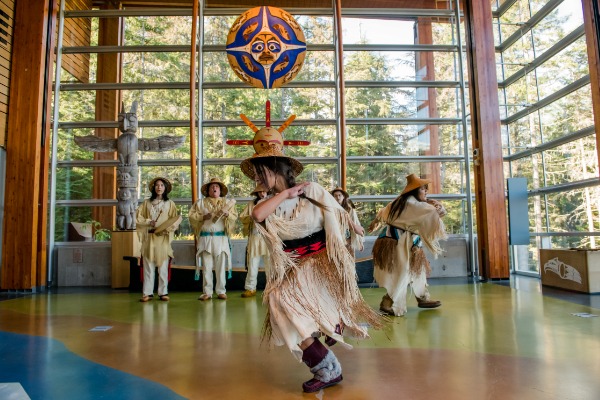Indigenous Tourism: What You Need To Know To Sell It

In the first of a two-part primer on indigenous tourism, Jason Picard-Binet, sales manager for the Indigenous Tourism Association of Canada (ITAC), sits down with Canadian Travel Press and provides an overview of some of the ‘need-to-knows’ for those who are interested in working with this country’s indigenous tourism businesses.
The conversation began with the obvious question — What is Indigenous Tourism?
Picard-Binet explains that: “The Indigenous Tourism Association of Canada (ITAC) launched a national consultation with industry members, Elders and the community to create and endorse the following definitions of Indigenous Tourism. ITAC recognizes that each nation, culture or community can choose to adopt or adapt these definitions to best suit their needs.”

And he continues:
Indigenous Tourism is defined as a tourism business majority-owned, operated and/or controlled by First Nations, Métis or Inuit peoples which demonstrate a connection and responsibility to the local Indigenous community and traditional territory where the operation is based.
Indigenous Cultural Tourism not only meets the Indigenous tourism criteria (above) but in addition, a significant portion of the experience incorporates a distinct Indigenous culture in a manner that is appropriate, respectful, and true. Authenticity lies in the active involvement of Indigenous people in the development and delivery of the experience.
There are tourism businesses that are neither majority-owned nor operated by Indigenous People who offer ‘Indigenous tourism experiences. Authentic Indigenous Cultural Tourism is by Indigenous peoples, not about Indigenous peoples.
For the full story, check out the latest issue of CANADIAN TRAVEL PRESS.


